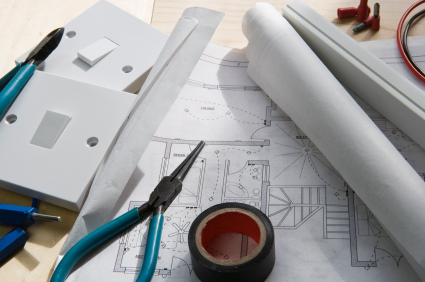24-Hour Emergency Electricians in Fort Worth, TX
Call this Monday to Get 10% OFF
Need an electrician?
Schedule NowRequest Electrical Service Now
817-585-299324-Hour Emergency Electricians in Fort Worth, TX
Call this Monday to Get 10% OFF
Need an electrician?
Schedule NowRequest Electrical Service Now
817-585-2993
In the modern world, electricity is the lifeblood that powers our homes and businesses. Yet, like any intricate system, our electrical networks can encounter problems that demand attention. Two common culprits that often lead to electrical complications are overloading and faulty wiring.
Imagine your home's electrical system as a network of highways, with electricity flowing like traffic. Overloading occurs when you demand more electrical power than your system can safely handle. This usually happens when multiple high-power devices or appliances are used simultaneously, straining the capacity of your electrical circuits. Overloading can lead to tripped circuit breakers, blown fuses, and even pose the risk of electrical fires.
To address overloading, consider the following steps.
Faulty wiring refers to a range of issues within the electrical system, including damaged, outdated, or incorrectly installed wiring. Faulty wiring poses serious risks, as it can lead to electrical shocks, fires, and even electrocution. Identifying and rectifying faulty wiring is critical for the safety of your home and its occupants. Some signs of faulty wiring include:
While overloading and faulty wiring are distinct issues, they both demand swift and expert attention. Overloading can strain your electrical system and lead to inconveniences, while faulty wiring presents serious safety hazards. By understanding the signs of these issues and knowing when to seek the expertise of an electrical repair service, you can ensure the safety, efficiency, and longevity of your electrical network.